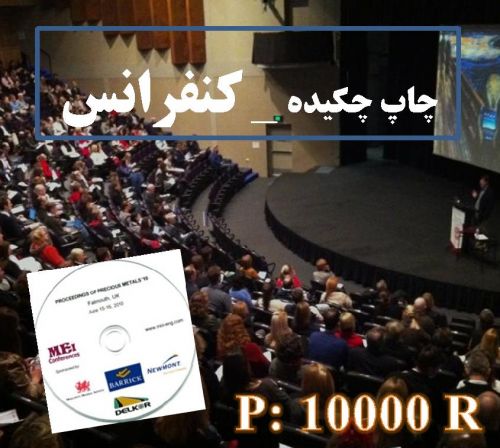Background: Prevalence of malaria infection was investigated by using malaria antibodyand antigen-detection ELISA tests in the non-endemic province (Bushehr) located in the south western part of Iran. Methods: No active malaria case was reported by traditional microscopic examination of 1955 blood smears. Serum samples were tested for malaria antibodies for assessing possible exposure to infection. Results: 13.8% (270 out of 1955 tested) samples showed detectable level of malaria antibodies. Further testing for P. falciparum specific malaria antigen yielded no positive results indicating no exposure to falciparum infection in Bushehr region. However, six samples (three from traveler and three from resident group) representing a 0.3% of total population indicated active malaria infection based on positivity of plasmodium lactate dehydrogenase antigen, a marker for active Plasmodium infection. A low level exposure to possibly non-falciparum Plasmodium parasitic infection was indicated as assessed on the level of pLDH. Malaria species confirmation is needed on the six cases that were positive for pan pLDH antigens. This suggests that they may be infected, but additional studies are needed to assess whether malaria infection is potentially being transmitted or not in the Bushehr region. Conclusion: This study has showed practical usage of immunological testing and considered to be more sensitive tools for investigating Plasmodium infection in the hypo-endemic region. This information may be valuable for future investigations.
کلید واژگان :ELISA antibody detection, antigen detection, pLDH antigen, malaria exposure, active malaria infection, hypo-endemic, Iran
ارزش ریالی : 200000 ریال
با پرداخت الکترونیک
جزئیات مقاله
- کد شناسه : 7154270985947675
- سال انتشار : 2014
- نوع مقاله : چکیده مقاله پذیرفته شده در کنفرانس ها(فایل کامل مقاله بارگزاری گردد)
- زبان : انگلیسی
- محل پذیرش : دوازدهمین کنگره بین المللی ایمونولوژی و آلرژی ایران
- برگزار کنندگان : انجمن ایمونولوژی
- تاریخ ثبت : 1397/08/29 14:00:59
- ثبت کننده : نرگس عبیدی
- تعداد بازدید : 272
- تعداد فروش : 0
